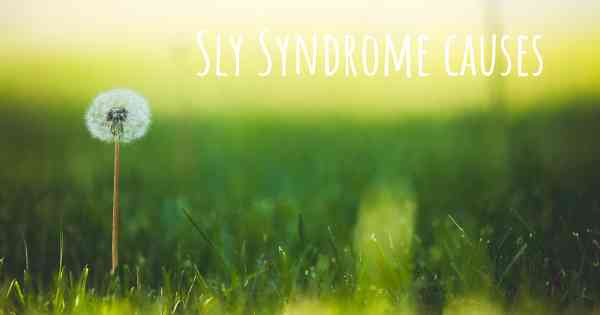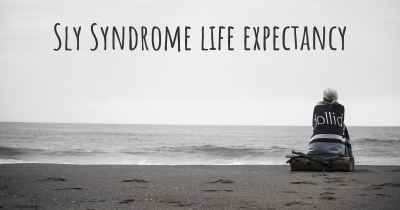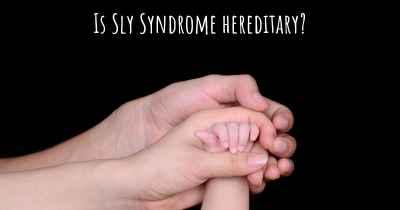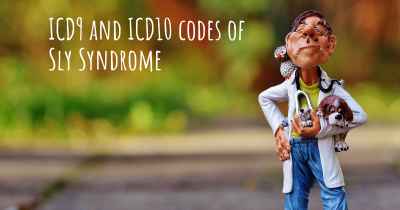Which are the causes of Sly Syndrome?
See some of the causes of Sly Syndrome according to people who have experience in Sly Syndrome

Sly syndrome, also known as mucopolysaccharidosis type VII (MPS VII), is a rare genetic disorder that affects the body's ability to break down certain complex carbohydrates called glycosaminoglycans (GAGs). This condition is caused by a deficiency of the enzyme beta-glucuronidase, which is responsible for breaking down GAGs in the body.
GAGs are long chains of sugar molecules that are found throughout the body, particularly in the connective tissues, joints, and organs. In individuals with Sly syndrome, the lack of beta-glucuronidase enzyme leads to the accumulation of GAGs in various tissues and organs, causing progressive damage over time.
Sly syndrome is an inherited disorder, meaning it is passed down from parents to their children. It follows an autosomal recessive pattern of inheritance, which means that both parents must carry a copy of the defective gene for their child to be affected. If both parents are carriers, there is a 25% chance with each pregnancy that their child will have Sly syndrome.
The specific gene mutation responsible for Sly syndrome is known as GUSB, located on chromosome 7. This mutation leads to a deficiency or complete absence of the beta-glucuronidase enzyme, resulting in the accumulation of GAGs in the body.
The symptoms and severity of Sly syndrome can vary widely among affected individuals. Some common signs and symptoms may include:
- Coarse facial features
- Enlarged liver and spleen
- Joint stiffness and skeletal abnormalities
- Heart valve abnormalities
- Respiratory difficulties
- Developmental delays
- Intellectual disability
- Hearing and vision problems
Diagnosis of Sly syndrome typically involves a combination of clinical evaluation, genetic testing, and assessment of enzyme activity. Prenatal testing may also be available for families with a known history of the condition.
While there is currently no cure for Sly syndrome, treatment focuses on managing the symptoms and improving the quality of life for affected individuals. This may involve a multidisciplinary approach, including enzyme replacement therapy, physical therapy, surgical interventions, and supportive care.
In conclusion, Sly syndrome is a rare genetic disorder caused by a deficiency of the beta-glucuronidase enzyme, leading to the accumulation of GAGs in the body. It is inherited in an autosomal recessive manner and can result in a wide range of symptoms and complications. Early diagnosis and appropriate management can help improve the prognosis and quality of life for individuals with Sly syndrome.








